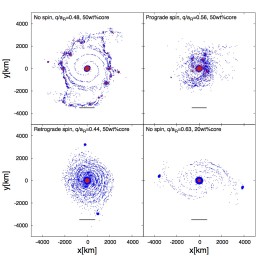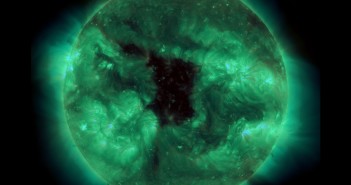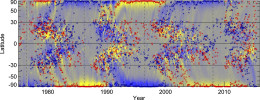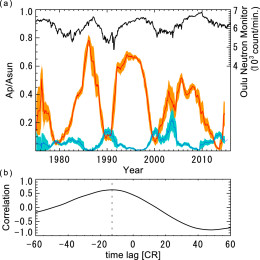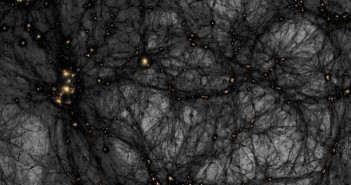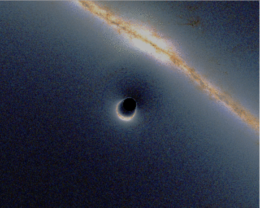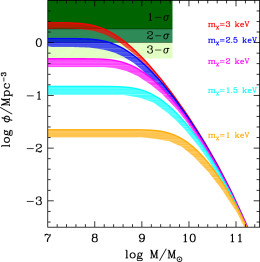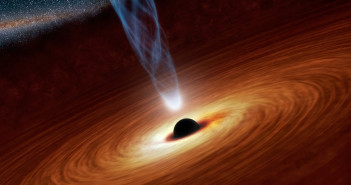
Is There a Size Limit for Supermassive Black Holes?
Supermassive black holes (SMBHs) lurk in the centers of galaxies, and we’ve measured their masses to range from hundreds of thousands to ten billion solar masses. But is there a maximum mass that these monsters are limited to?
Observed Maximum
Since the era when the first SMBHs formed, enough time has passed for them to potentially grow to monstrous size, assuming a sufficient supply of fuel.
Instead, however, we observe that SMBHs in the centers of the largest local-universe galaxies max out at a top mass of a few times 1010 solar masses. Even more intriguingly, this limit appears to be redshift-independent: we see the same maximum mass of a few 1010 solar masses for SMBHs fueling the brightest of quasars at redshifts up to z~7.

Accretion rate (solid) and star formation rate (dashed) vs. radius in a star-forming accretion disk, for several different values of black-hole mass. Though accretion rates start out very high at large radius, they drop to just a few solar masses per year at small radii, because much of the gas is lost to star formation in the disk. [Inayoshi & Haiman 2016]
Challenges for Accretion
Growing an SMBH that’s more massive than 1010 solar masses requires gas to be quickly funneled from the outer regions of the galaxy (hundreds of light-years out), through the large accretion disk that surrounds the black hole, and into the nuclear region (light-year scales): the gas must be brought in at rates as high as 1,000 solar masses per year.
Modeling this process, Inayoshi and Haiman demonstrate that at such high rates, the majority of the gas instead gets stuck in the disk, causing star formation at radii of tens to hundreds of light-years and never getting close enough to fuel the SMBH. The remaining trickle of gas that does accrete onto the SMBH is not enough to allow it to grow to more than 1011 solar masses in the age of the universe.
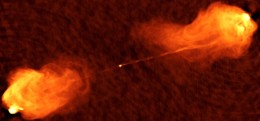
Cygnus A provides a stunning example of the tremendous jets that can be launched from SMBHs at the center of galaxies. [NRAO]
The authors show that the critical mass for this transition is 1–6 x 1010 solar masses — consistent with the maximum masses that we’ve observed for SMBHs in the wild. This consistency supports the idea that the small-scale physics around the SMBH may be setting its size limit, rather than the large-scale environment around the galaxy.
Citation
Kohei Inayoshi and Zoltán Haiman 2016 ApJ 828 110. doi:10.3847/0004-637X/828/2/110

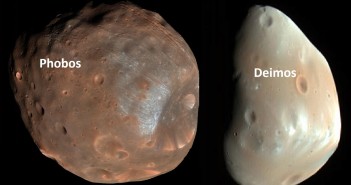
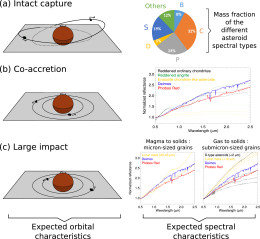

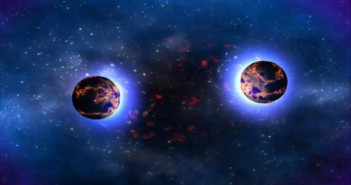

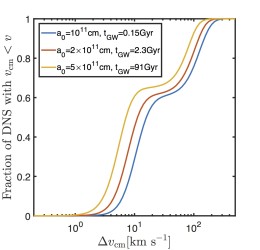
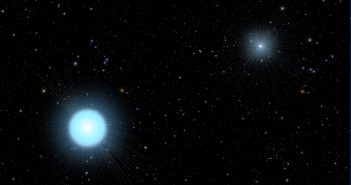
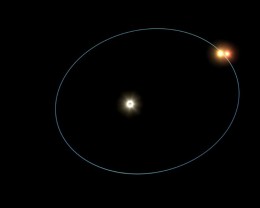
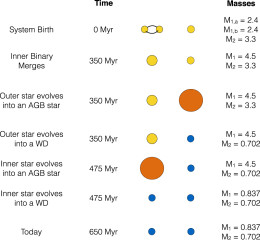

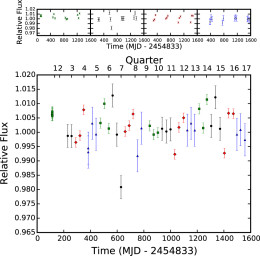
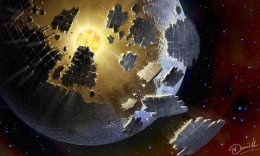
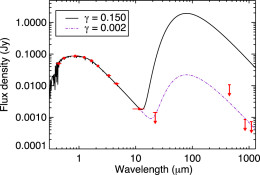
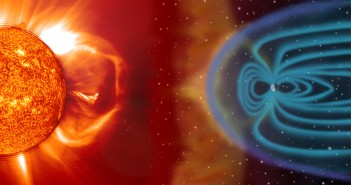

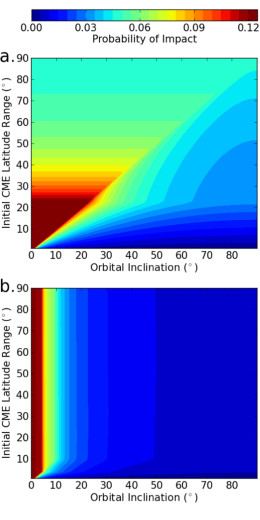
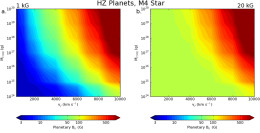
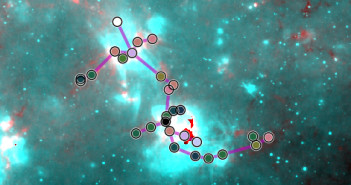
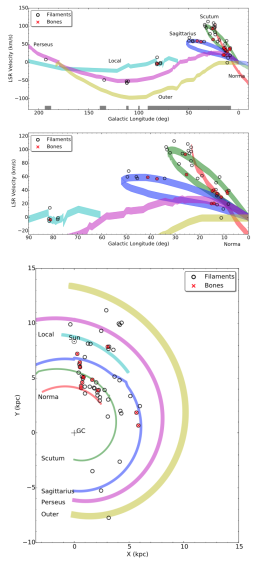



![Positions of the centaurs in our solar system (green). Giant planets (red), Jupiter trojans (grey), scattered disk objects (tan) and Kuiper belt objects (blue) are also shown. [WilyD]](https://aasnova.org/wp-content/uploads/2016/09/fig2-260x260.png)
